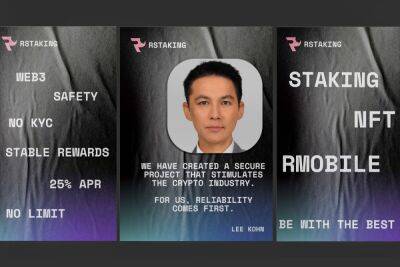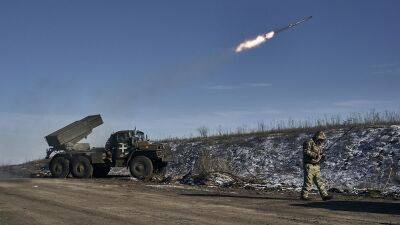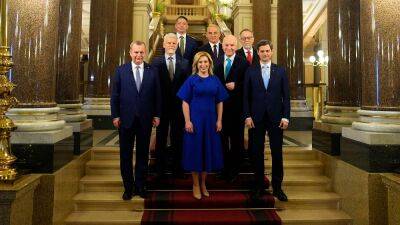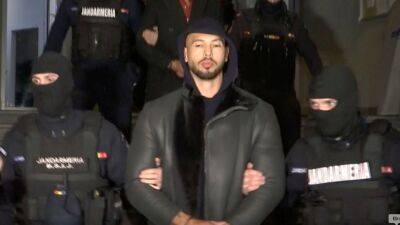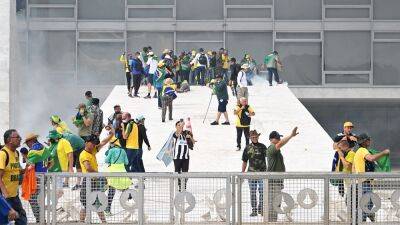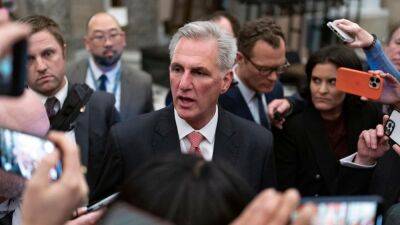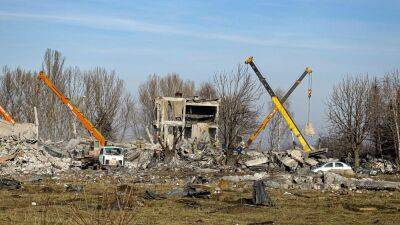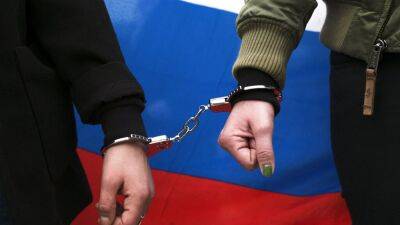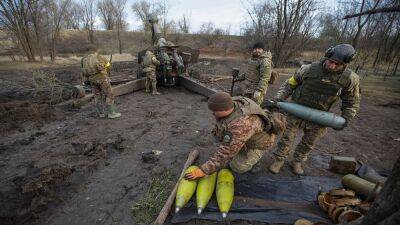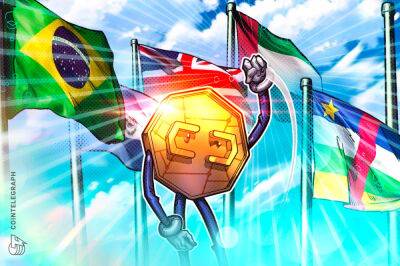Attack on democracy: How does Brazil's political violence compare with the US?
On Sunday, demonstrators supporting Brazil's nationalist former President Jair Bolsonaro stormed Congress and government buildings in Brasilia to overturn an election which brought leftist leader Luiz Inácio Lula da Silva to power earlier this month.
The rioters ransacked political buildings -- while parading the Brazilian flag with its motto 'ordem e progresso', 'order and progress' -- in a botched attempt to reverse the peaceful transfer of power.
The biggest assault on Brazil's democracy in decades, news of Sunday's uprising has sent shockwaves around the world. But what has most alarmed many are the echoes of the US uprising almost exactly two years prior, when supporters of Republican ex-President Donald Trump stormed the Capitol in Washington DC on 6 January in an attempt to prevent Joe Biden from taking office.
The similar timing of the events has led commentators and analysts to draw comparisons between the two events. But are the uprisings as similar as they seem?
At a glance, it would certainly appear the two incidents bear an uncanny resemblance with each other.
The storyline they share is remarkably similar. In both cases, a far-right, firebrand president with a fondness for using Twitter, contests his loss in a democratic election, propagating falsehoods and conspiracy theories to his devoted supporter base.
Upon the dawn -- or eve, in the US -- of his successor's inauguration, such sentiment eventually morphs into a violent uprising which targets the very buildings at the heart of both nations' democratic systems.
Windows are smashed, artwork and landmarks are damaged -- in Brazil's case, even its own 1988 constitution -- all by demonstrators draped in their respective nation's star-spangled flag.
At the heart of
Read more on euronews.com

